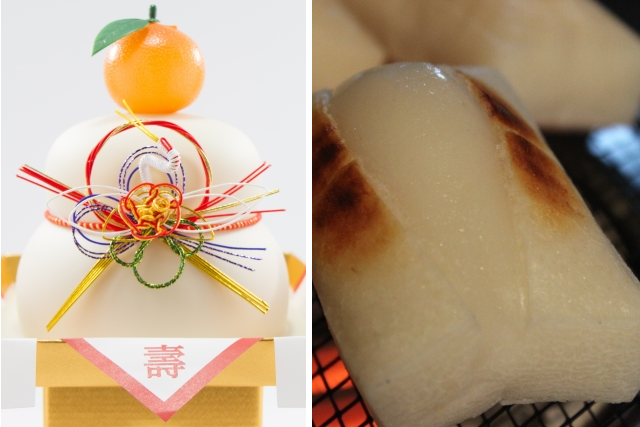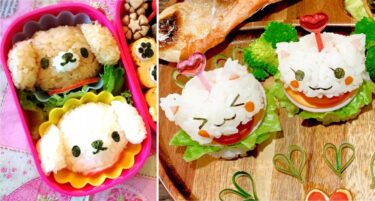As a Japanese, I would like to share the charm of traditional Japanese mochi.
Mochi is made from simple ingredients in a unique way.
The beautiful appearance, the sense of the season, and the healthy ingredients are also attractive.
Let’s explore the wonders of mochi together!
Ingredients and Preparation of Mochi
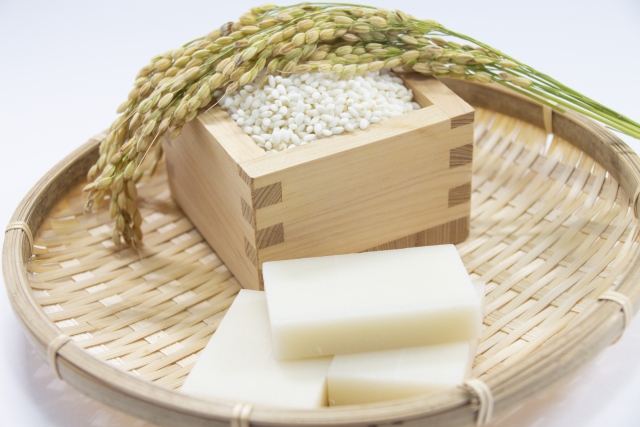
The ingredients for mochi are simply glutinous rice (mochi rice) and water.
1 Rinse the mochi rice and soak it in water for about 2 to 4 hours. This soaking process enhances the chewy texture of the mochi.
2 Steam the soaked mochi rice in a steamer for approximately 30 to 40 minutes.
3 Transfer the steamed mochi rice to a wooden mortar (usu) and pound it with a wooden mallet (kine). Hold the mallet and apply downward force to pound the rice. Continue pounding until the mochi rice becomes smooth and sticky.
4 Once the mochi rice reaches a smooth consistency, take it out and shape it into your desired form. Common shapes include round or elongated.
Meaning of mochitsuki
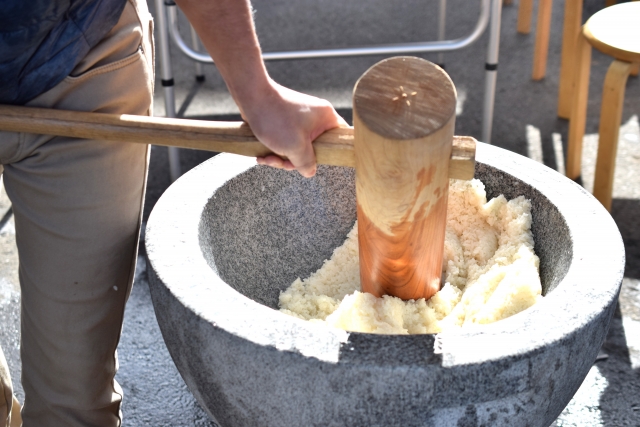
Mochitsuki is the most important event of mochi making.
In mochi pounding, glutinous rice is pounded using a mortar and a pestle.
It is common for many people to work together to make mochi.
This is an opportunity to deepen community ties.
However, in Japan today, mochitsuki is not often practiced, and mochitsuki is sometimes held at events such as the New Year.
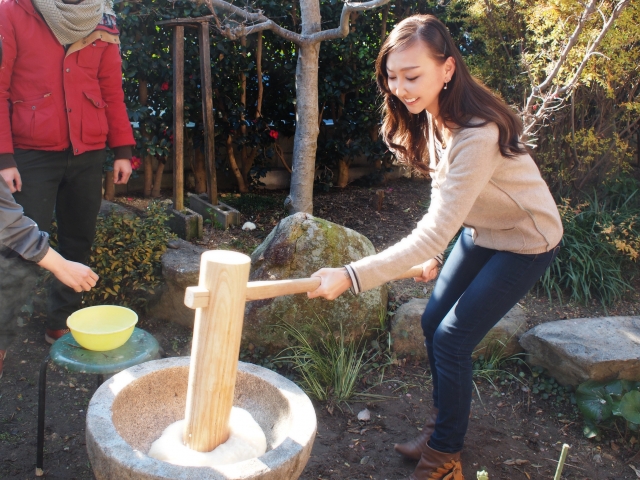
How to eat mochi
Yakimochi (grilled rice cake)
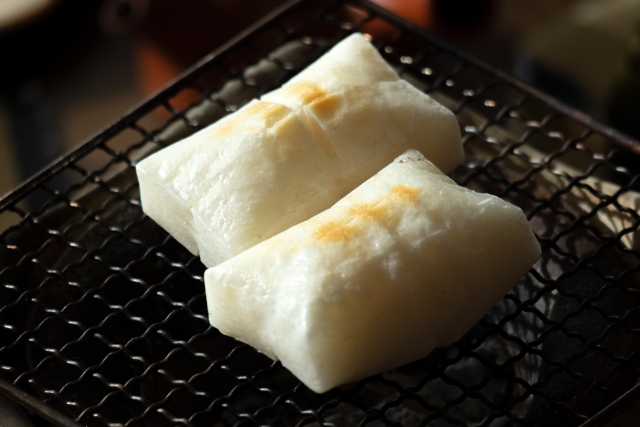
A method of eating mochi by grilling it over an open flame. Yakimochi is crispy on the outside and chewy on the inside. Generally, it is eaten with soy sauce, kinako (roasted soybean flour), and red bean paste.
In Japan, we eat with chopsticks, but you can also eat with your hands.
Zoni
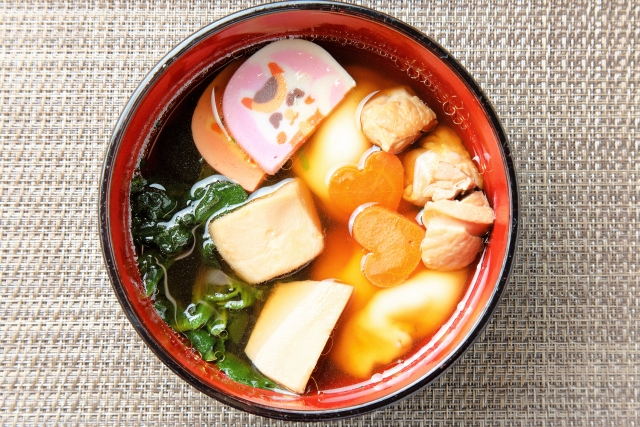
A traditional New Year’s dish, a soup made mainly from rice cakes. Mochi is used as an ingredient and stewed with dashi, vegetables, chicken and white fish. The ingredients and seasoning of ozoni vary depending on the region, but in Japan, it is often eaten on New Year’s morning.
Zoni is also eaten with chopsticks. You can use a spoon if it’s hard to eat.
Dango
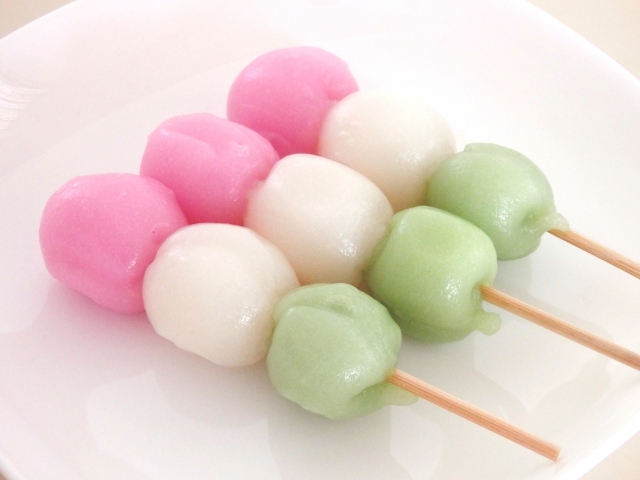
A method of rolling mochi into balls and eating them with kinako (roasted soybean flour) or red bean paste. Dango is a food often seen at festivals and events.
They are also sold at convenience stores in Japan.
The dango is on a skewer, so you hold the skewer in your hand and eat it.
Mochi seasonality
Washoku is a dish that values the sense of the seasons.
Mochi also expresses the sense of the season.
spring
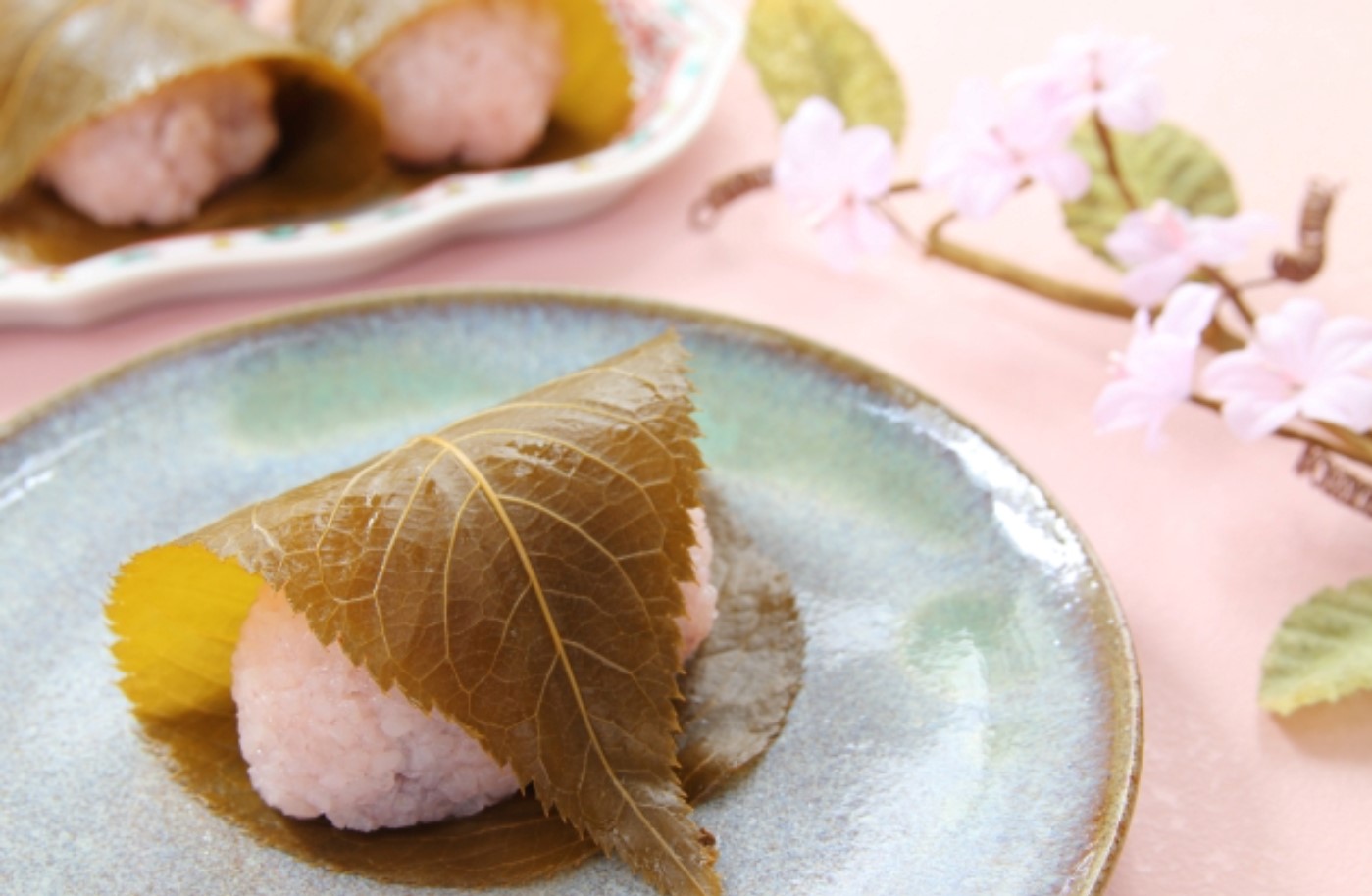
In spring, you can often eat sakuramochi. Mochi wrapped in cherry blossom leaves. It looks elegant and is often made with pink glutinous rice reminiscent of cherry blossom petals.
summer
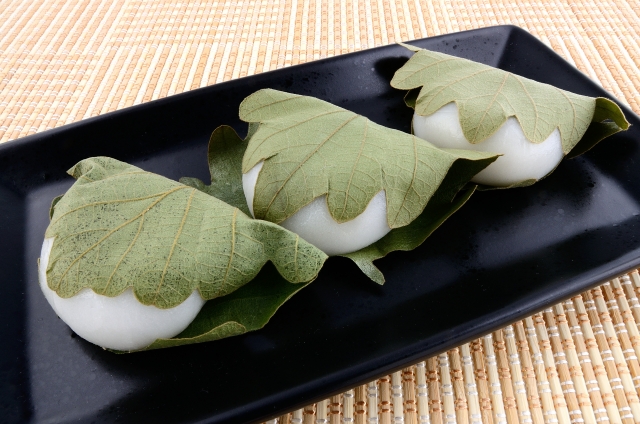
Kashiwamochi is a typical summer dish. Kashiwamochi uses oak leaves to wrap glutinous rice, and its shape looks like a folding fan. The combination of cool green oak leaves and white glutinous rice expresses the seasonal feeling of summer.
autumn
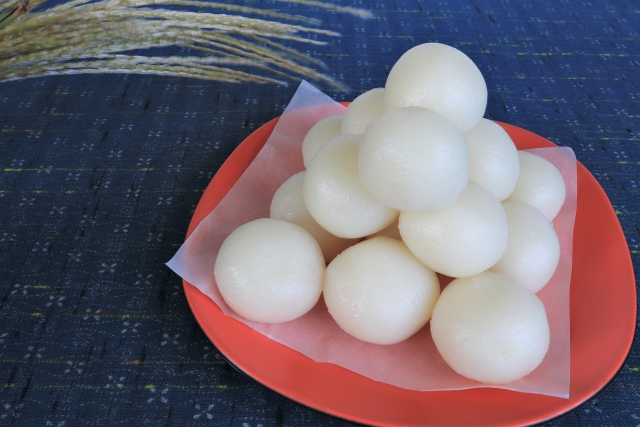
Tsukimi dumplings are eaten while looking at the full moon in September, which is called the Chushu no Meigetsu. Tsukimi dumplings are made in the image of the full moon. The moon has the meaning of praying for a good harvest of crops and the safety of the family.
winter
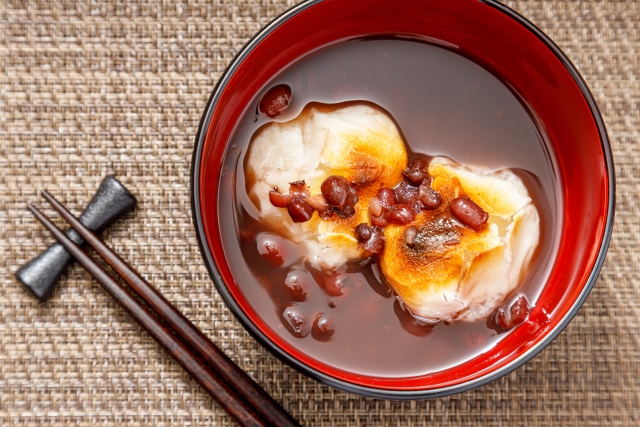
Oshiruko is a sweet made by combining mochi with boiled adzuki beans. The red color of adzuki beans symbolizes happiness and good luck. It is often eaten during the New Year, and the whole family eats it while wishing for happiness and family ties in the New Year.
History of mochi in Japan
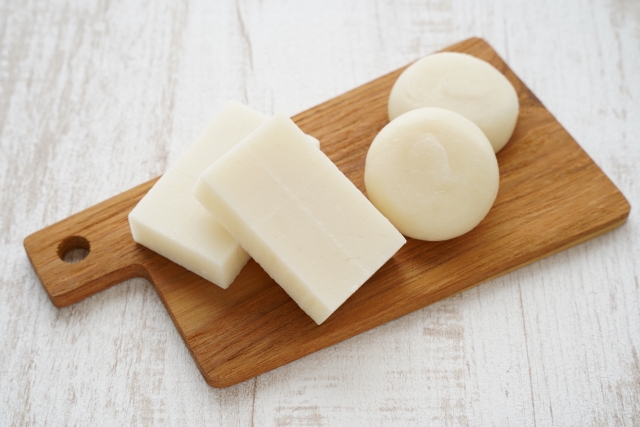
Mochi was introduced to Japan around 2000 years ago. Around this time, the method of making mochi by pounding glutinous rice with a millstone began, and it is believed that it took root in Japanese food culture.
Mochi was originally made as a way to preserve rice for a long time. Glutinous rice is stickier than regular rice and does not spoil easily even when moist. Therefore, by processing glutinous rice into mochi, it was possible to increase the shelf life.
In ancient Japan, rice cultivation was an important agricultural production activity, and rice was an important food source. For this reason, mochi was regarded as a sacred entity associated with rice cultivation, and became a food item offered during Shinto rituals and festivals.
In addition, mochi also has the meaning of good luck. Because of its round shape and springy texture, mochi has symbolic meanings such as “harmony,” “prosperity,” and “good luck.” Therefore, the custom of giving mochi at celebrations such as weddings and housewarmings was born.
Mochi was an important food in ancient Japan and was considered sacred. Even in modern Japan, mochi plays an important role in traditional events and celebrations.
The appeal of healthy mochi
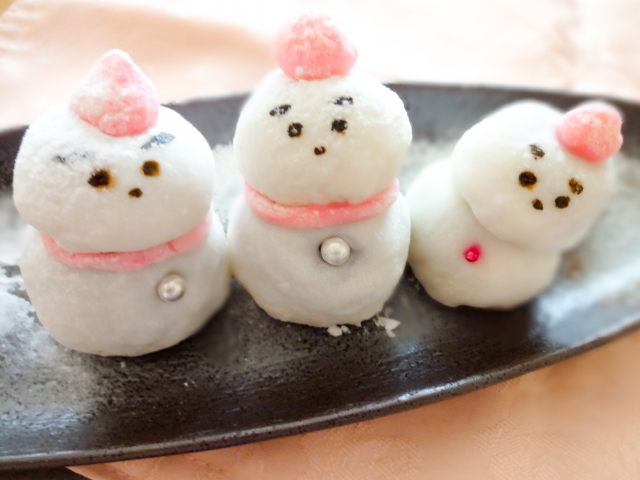
The main ingredient in mochi, glutinous rice, is gluten-free and provides a unique texture. Natural ingredients such as sweet red bean paste, soybean flour and fresh fruit add nutritional value and enhance the flavor. Mochi is relatively low in fat and often consumed in small portions, striking a balance between indulgence and health consciousness.
Please try Japanese traditional mochi.
Thank you for reading to the end.
I would be happy if this article was useful for you.

